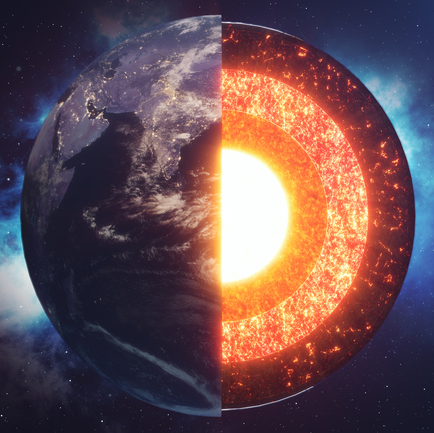From Molten Magma to Modern World: Exploring the Early History of Earth

Hanika Rizo, Department of Earth Sciences
Rocky planets like the Earth formed in the first hundreds of millions of years of our solar system. The planet grew through the addition of planetary bodies by impacts, whose energy and associated heat release caused extensive melting of surface rocks, creating of magma oceans. By far, the most important chemical changes of our planet occurred at those times, such as the formation of the Earth’s metallic core. Those early geological processes have lead to the formation of our modern, habitable world.
But how do we know all this? How do we know the age of the Earth, or that it was a molten ball of magma at some point early in its history? Rocks are usually the geologists’ fossils or time capsules that help them elucidate the geological past. However, there are no rocks from that period. Early cataclysmic events such as giant impacts, plate tectonics and crustal recycling have left no geological record. In this presentation we will see how we have been able to find evidence from Earth’s early history, and that this evidence may still lurk in our planet’s interior…
